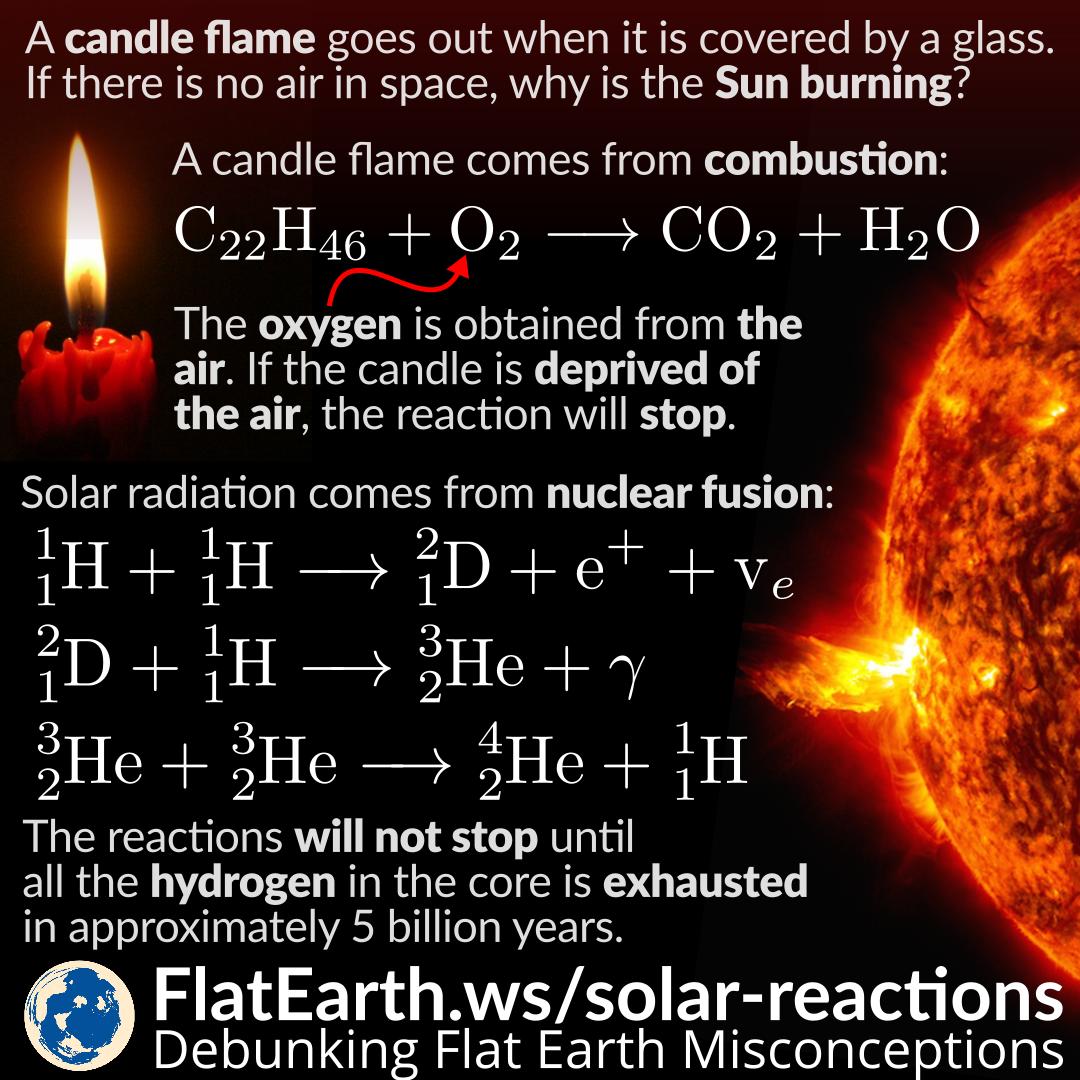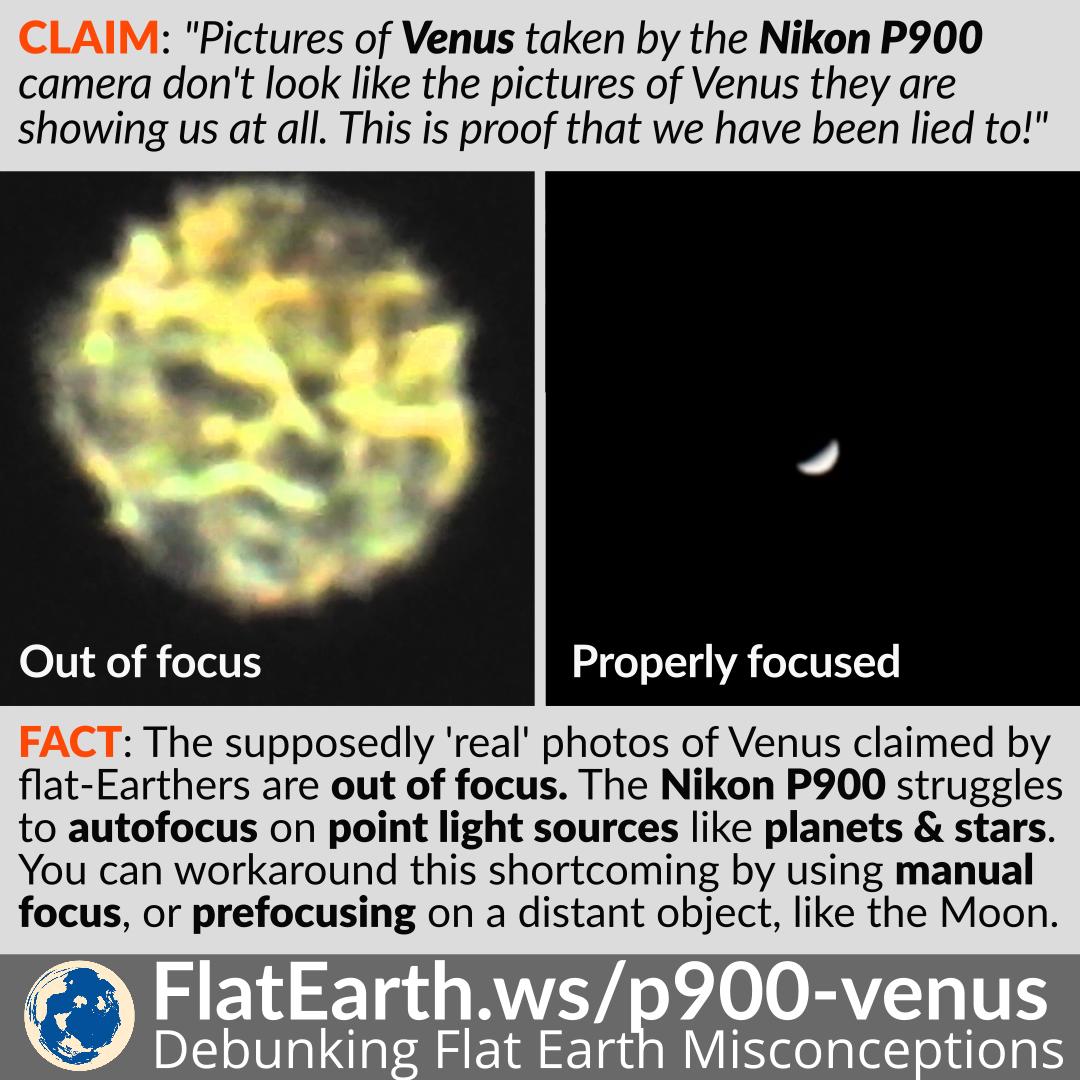The distance to the Sun was first determined with a good accuracy from worldwide observations of the transit of Venus. A transit of Venus is a phenomenon where Venus passes in front of the Sun. By measuring the time Venus spends crossing in front of the Sun from two or more locations on the surface of the Earth, it is possible to calculate the distance to the Sun.
Flat-Earthers insist that it is impossible to determine the distance to the Sun in the globe model because sun rays are practically parallel. They are wrong. Using simple geometry, the distance to the Sun can be determined from the observations of the transit of Venus.
Continue reading “Determining the Distance to the Sun from the Transit of Venus”








